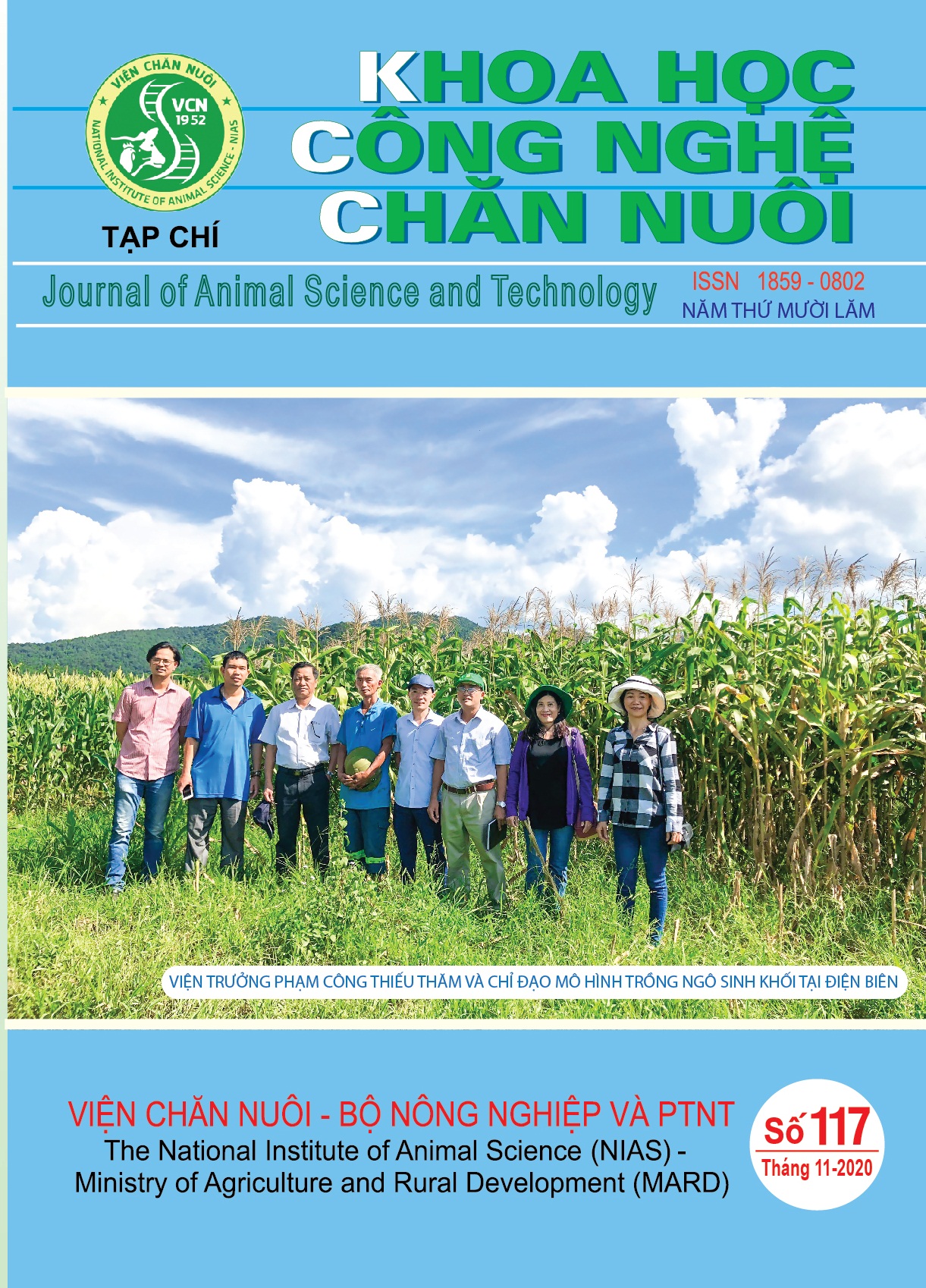Một số đặc điểm sinh học và thực trạng khai thác mật ong đá (Apis laboriosa) ở huyện Na Hang, tỉnh Tuyên Quang
In Vietnam, the Himalayan giant honeybee (Apis laboriosa) is found at high elevation locations (>900m a.s.l.) in several Northern and Central mountainous provinces. This species nests on cliff faces as high as some tens to hundreds meters above ground level and migrates seasonally. Due to nesting on inaccessible sites, A. laboriosa is poorly understood. These observations were carried out during June and July, 2020 in Giang Chi village, Sinh Long commune, Na Hang district, Tuyen Quang province, to identify some biological characteristics, seasonal information, nesting behavior, and current honey exploitation methods of A. laboriosa.
This is the first time that 8 colonies of A. laboriosa, nestedon a cliff face, was found in Na Hang district, Tuyen Quang province (22°35’24”N, 105°20’9”E) at an altitude of 970m a. s. l. They reside there annually from February to July. They build a single comb with the dimensions from 0.8m x 0.6m to 1.6m x 1.5m. Worker cell diameter of this species is 5.9mm, the largest worker cell-size among honeybee species. Exo-parasite prevalence (i.e. percentage of bees with parasites) on A. laboriosa was low, with 0% of the bee louse (Megabraula sp., n=500) on adult bees and 1.33% of smaller mite (Tropilaelaps sp., n=600) on sealed brood cells.
Honey hunters in Na Hang exploit honey by the traditional way. On our visit, they made a bamboo ladder that they leaned against the cliff face near the bee nests. Then they used bamboo rods to poke at the upper honey portion of the bee nests. Honey comb broken from the nest dropped down into a huge “funnel” beneath. This way of exploiting honey caused the death of numerous adult workers; two brood combs dropped to the ground during the operation, possibly killing those colonies. Honey yield was low, between 2.5 liters to 4.3 liter per colony. The honey collected was bright yellow, fragrant, and highly sweet but watery (27.3% moisture). It was sold directly to customers at 500.000VND/liter (approximately US $21.50/liter). Income from honey and beeswax constituted a small proportion of household income (from 14% to 16%).
Although putting the honey hunters at high risk of injury and harms the wild bee population, the honey hunting methods of local villagers showed advantages of bee conservation. During the operation, most of the brood combs had not been destroyed, the next generations of bees were continuing to emerge, and the colonies did not abscond until the end of the honey season.

